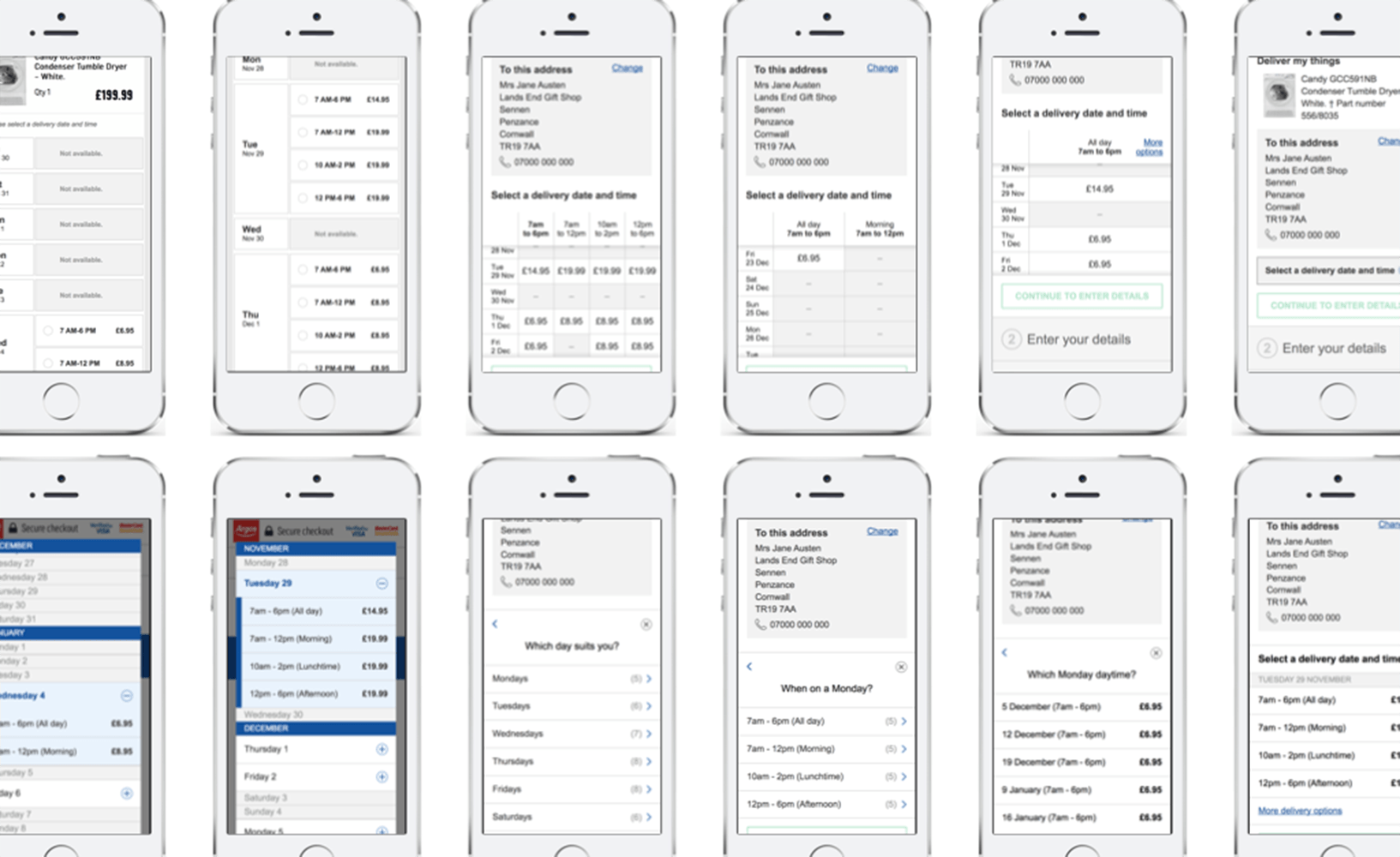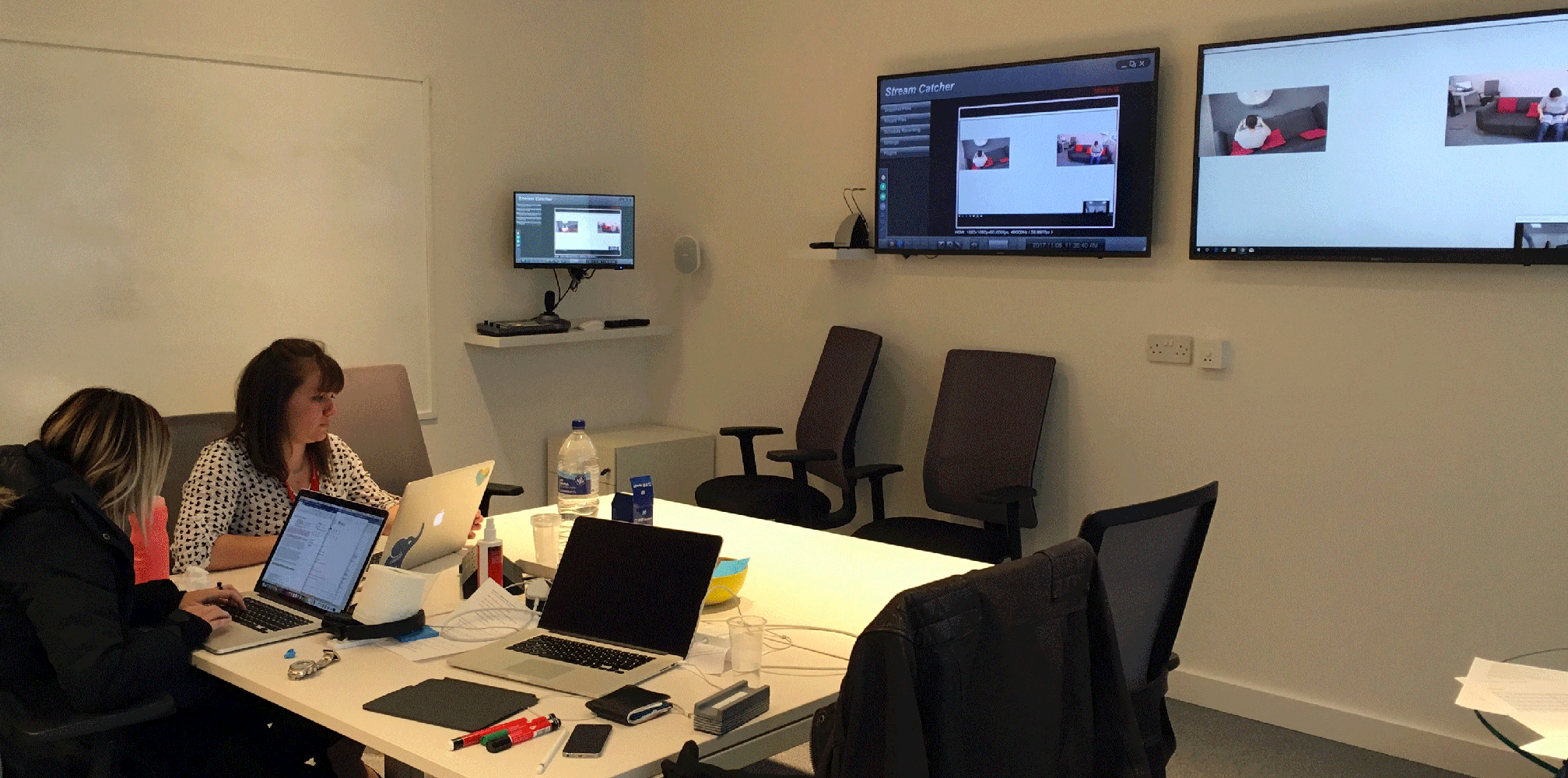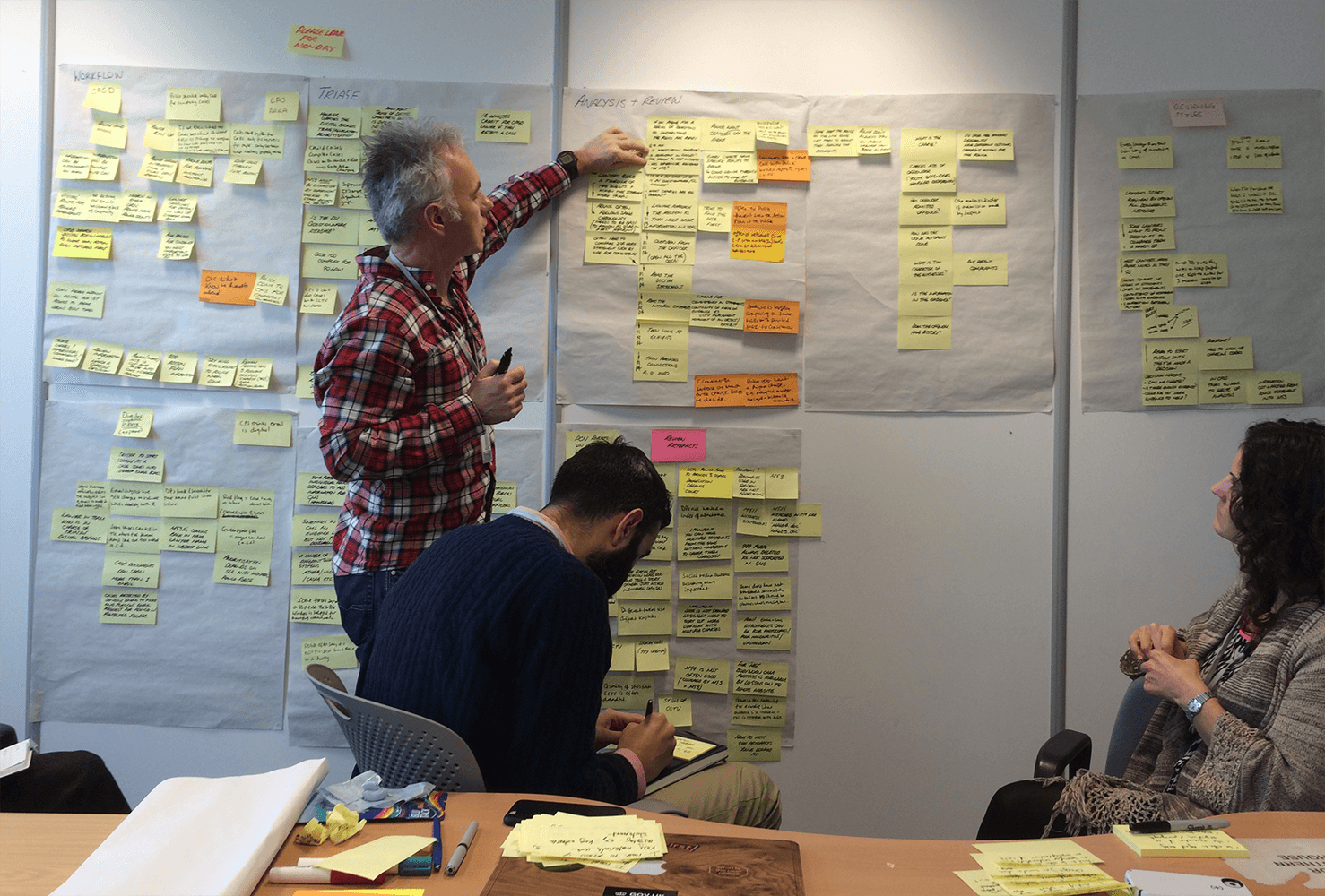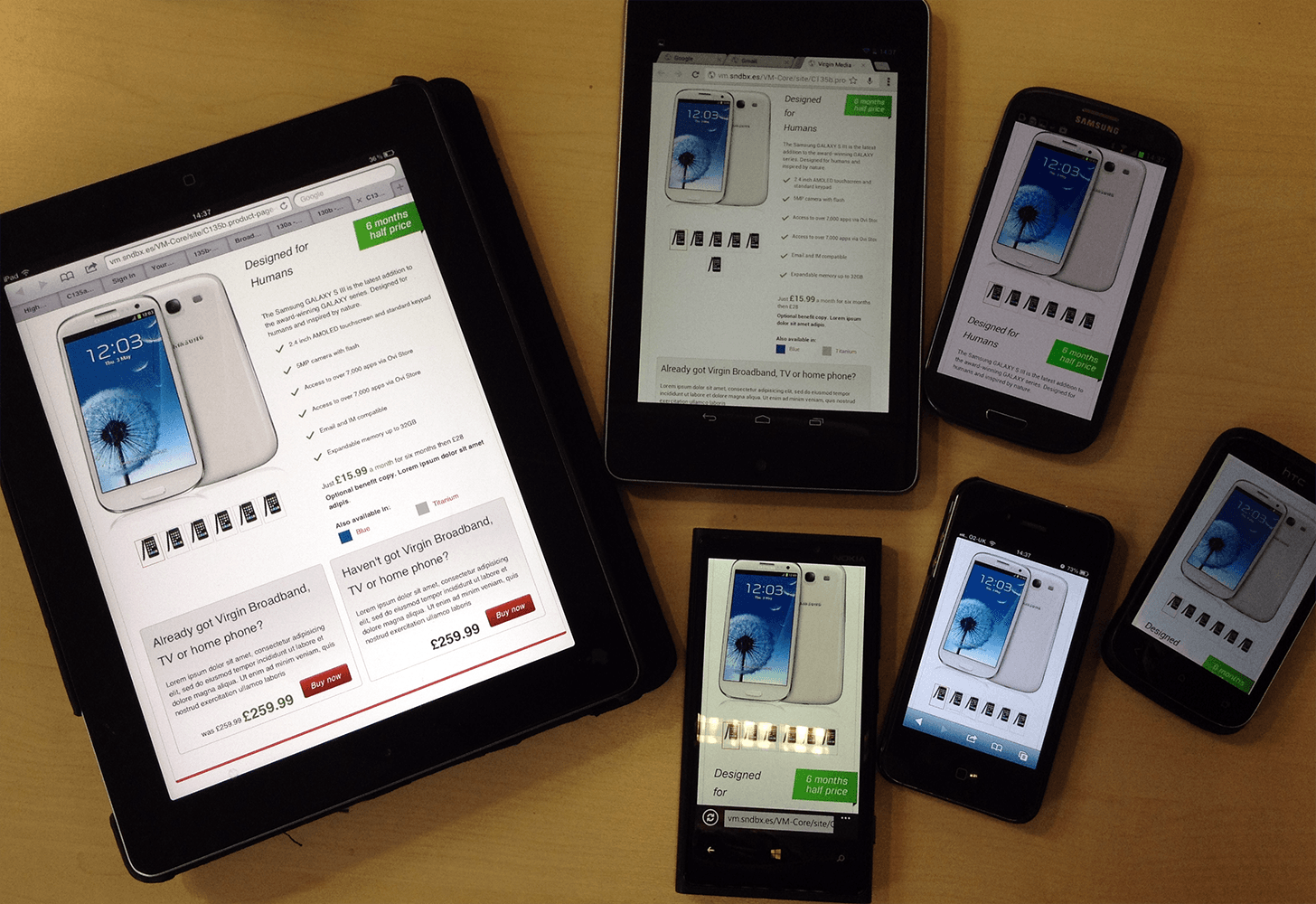Using Ontologies to define the experience landscape
Everyone talks about big data and AI, but no one really talks about ontologies (see: Parmenides); big datas wise and humane sibling, only together, both big data and the tacit or unstructured data expresed as ontologies will prove to serve people best.
Problem spaces
Making it all more human(e)
Large and small organisations alike, are grappling with the continual onslaught of big-data. Many are overwhelmed, but some have managed to derive meaningful insights from that data and build learning cultures around it. But once quantitive insights have been inferred from that data, how might the wealth of human-driven insights, from research and customer experience be systematically integrated into that mix to help add the ‘human-realness’ to the customer experience?
Leveraging parametric design processes
In siloed organisations, business units tend to use different terminology to explain the customer facing solutions, a federated approach to problem resolution can be ineffective or at least inefficient. Coupled with the fact the design resources sometimes fail to understand the complete technical and domain landscape they are meant to be designing for, losing their designs in translation. So how might we define relationships between elements (parametric design) and use them to manipulate and inform the design processes to be confident about the customer experiences produced?
Some context
Technology driven organisations
Let’s be honest, even in this age of digital transformation, organisations tend to let customers solutions be architected before or in parallel to any customer insights gathered. This architecture is usually driven by ease of implementation, availability of technology or costs. Customers are forced to change their behaviours to suit that technology.
Artificial Intelligence (AI) driven experiences
Artificial Intelligence (AI) continues to gain popularity and is now considering an essential engine behind many customer data platforms. For example, historical and behavioural data helps businesses anticipate customer behaviour and increase relevancy and personalisation of content. AI can also respond to and predict customer interactions in real time based on the most recent data. With a limited success, AI can also be used to mimic human business interactions, such as with the use of chatbots.
Note: In the knowledge hierarchy, wisdom follows knowledge which follows information which follows data. At best AI will be able to impart knowledge to the customer, but wisdom requires creative and lateral thinking that fall outside of its capabilities.
What makes big-data different to regular data
Big data is commonly defined using the five Vs; volume, velocity, variety, veracity and value. A detailed explanation of these can be read here. We’re going to talk about just one; variety. This refers to types of data that is structured, semi-structured and unstructured. The latter; unstructured data is unorganised data, i.e data the doesn’t fit in the format of a relational database or schema. Texts, pictures, videos etc. are the examples of this. But so too, is currently-overlooked tacit or more traditional qualitative and quantitive customer or business knowledge.
So how might we routinely or systematically process this tacit or qualitative knowledge in a way that can be integrated into the big-data paradigm and also be consumed by AI driven tools?
Solution
So what’s an ontology?
We’ll need to take a step back and look at information systems, semantics and classifications. The quality of the information system that you construct depends on its semantic clarity and the time and money being invested in it.
The simplest form of a classification would be a folksonomy, With a few simple rules and conditions customers can generate one on a businesses behalf. A twitter hostage being the most obvious example.
Taxonomies have additional semantic similarities and the items within them align to a particular concept or principle, the most common example of a business taxonomy would be an eCommerce product catalogue.
Thesauri Thesaurus_(information_retrieval) describe the relationships between classes, e.g. between two taxonomies.
And finally, Ontologies try to describe and explain why and how those classes are related. If used correctly and robustly, they can be used to formally structure elements of the customer experience that hitherto would be left unconsumed.
An example application of ontologies.
A holiday maker named Suzie represents a typical customer for our hypothetical company, Acmetrips.
Acmetrips think they they know a lot about Suzie, a twenty-something who goes on holiday quite regularly as she has booked one short and one long holiday each year with them for the last few years. They’re confident because from their own data they know:
- What content in their ecosystem triggers her interest
- When and where she is more prone to book with them
- Her browsing and booking history
- What airlines she prefers
- What kind of hotels she books
- Where she likes to travel to
- What nature of discount would attract her
- What premiums she may be willing to pay
And from various big-data services they know about:
- Her social media conversations
- Online reviews she has viewed, liked or given
- Anonymised mobile service usage data abroad
- Reputation sentiment
- Content relevancy of third-parties
- Who not to target her
- What services they used whilst away, e.g. car rentals
- Her anonymised geolocation history to see if she travelled without booking with them (How can it be associated with a single individual when it’s been anonymised? There are ways)
The lists could go on.
Typically, in a large corporation all this data would be parsed, processed in line with customer segments and presented in various formats, ranging from automated dashboards to reports compiled by data analysts.
They can infer that she uses other travel service providers as she seems to takes two or three long weekend breaks every year along with summer and Christmas ten-day holidays. And what they don’t know is that those are the just the ones she had planned; She has two main social-circles and when she gets together with them, spontaneity ensues and getaways occur. They don’t really know what motivates her to book and what her real underlying motivations and nudges.
The benefits of using ontologies.
What’s needed is a scaffolding that allows all this customer segment data to be made real by linking the various data points together using meaningful relationship definitions beyond big-data inferences. Doing this using ontologies would provide the following benefits:
- Allows exploratory qualitative and quantitive research to be integrated into the discussion
- Allow humans to insightfully define relationships between data
- Presents a structured and standardised version of customer segments
- Outputs a segment profile schema that is machine readable that can be used in an automated way
- Create a single source of truth
Currently on the back foot, those charged with defining the customer experience have the opportunity to influence the discussion and improve the view of the customer beyond what Mr Robot tells them.
Time to move on from the Human Computer Interface - We need the Humane AI interface.






